A breakthrough in the medical field with nickel-titanium stent tubes
2025-05-09 21:14:08
The application of nickel-titanium stents in the medical field has been continuously breaking through due to their unique shape memory effect, superelasticity and biocompatibility, especially showing great potential in cardiovascular, neurointerventional, orthopedic and other fields. The following are the core breakthroughs and cutting-edge advancements of nickel-titanium stent tubes in the medical field in recent years:
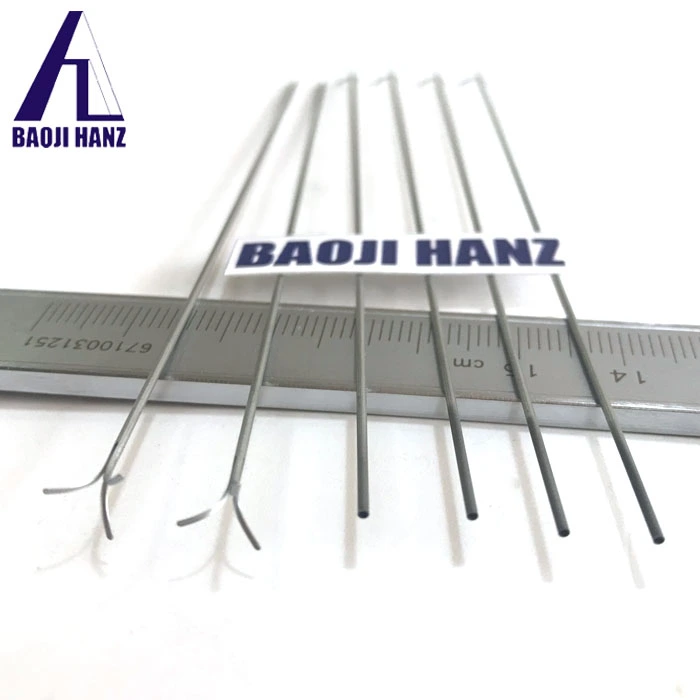
1.Innovations in the field of cardiovascular diseases
Absorbable nickel-titanium alloy scaffold:
The permanent retention of traditional metal stents may cause advanced thrombosis or vascular restenosis.
- Upgrade of drug coating technology:
The new generation of nickel-titanium stents adopt biodegradable polymer coatings (such as polylactic acid), load anti-proliferative drugs (such as sirolimus derivatives), and achieve precise controlled release of drugs through nanotechnology, significantly reducing the restenosis rate (clinical data show that the restenosis rate is <5%).
Branch vessel stents
For coronary artery bifurcation lesions, the fractal design stent of nickel-titanium alloy can adaptively adapt to the vascular branch structure and avoid the problem of incomplete coverage of traditional stents.
2. Breakthroughs in neurointerventional therapy
- Flow Diverter:
Nickel-titanium dense mesh stents (such as Pipeline Flex) used for the treatment of intracranial aneurysms promote intratumoral thrombosis by altering hemodynamics.
Optimization of thrombectomy stents:
Nickel-titanium alloy thrombectomy stents (such as Stentriever) improve the grasping efficiency of large thrombi by adjusting the grid structure (such as honeycomb design). Up.
3. Peripheral vascular and non-vascular applications
- Fatigue resistance performance of nickel-titanium stent tubes::
The super elasticity of nickel-titanium stents can adapt to the periodic curvature of lower extremity arteries (such as the superficial femoral artery).
Portal vein stent treatment for liver cirrhosis:
In transjugular intrahepatic portosystemic shunt (TIPS), nickel-titanium coated stents (such as Viatorr) can reduce the stent stenosis rate (5-year patency rate >80%). Recent studies have further reduced thrombosis through heparin coating.
4. Technological Innovation and Future Directions
4D printing technology
Nickel-titanium stents were fabricated using 4D printing (time-dependent shape changes), which can self-expand under body temperature trigger and dynamically adjust their shape along with vascular remodeling.
- Intelligent sensing bracket
Nickel-titanium stents integrated with micro-sensors (such as pressure and pH sensors) can monitor the intravascular environment in real time, and the data is transmitted to the terminal via Bluetooth.
- Surface functional modification:
Promote stent endothelialization through plasma treatment or biomimetic coatings (such as biomimetic coatings on endothelial cell membranes) to shorten the treatment cycle of antiplatelet drugs.
In the future, with the integration of materials science, bioengineering and AI design, nickel-titanium scaffolds may become "active treatment" platforms (such as those equipped with stem cells for targeted vascular repair), driving interventional medicine into an era of precision.
Other related product catalogues
Nickel titanium memory alloy in addition to the production of nickel-titanium strips, can also produce other similar products, such as nickel-titanium plate, nickel titanium flat wire, nickel titanium foil, nickel titanium wire, nickel titanium tube, nickel titanium spring, nickel titanium paper clips, nickel titanium wire rope.
|
|
|
|
|
|
|
|
Contact Us
For more information or to place an order, please contact us at baojihanz-niti@hanztech.cn. We look forward to working with you to deliver high-quality, reliable Nitinol stent tube for your medical applications.






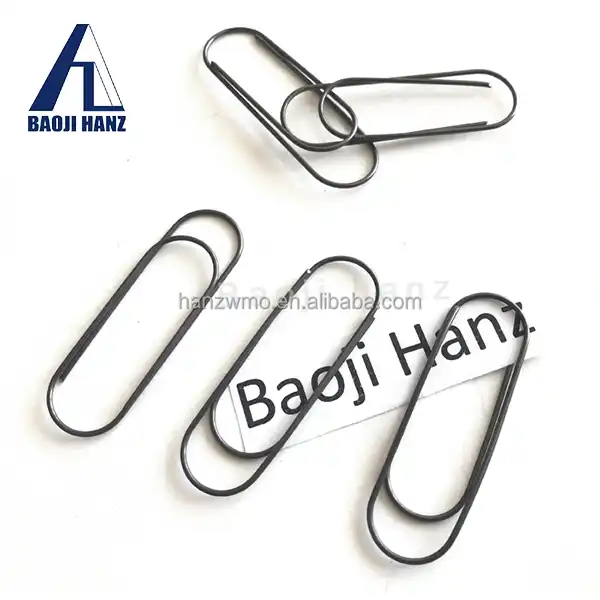
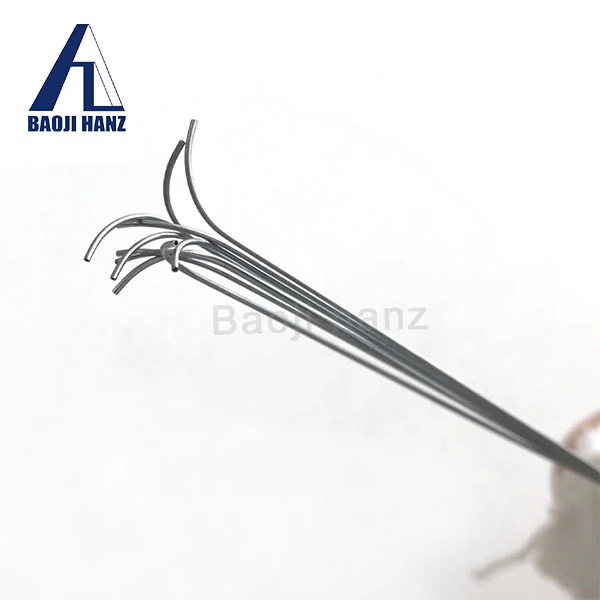
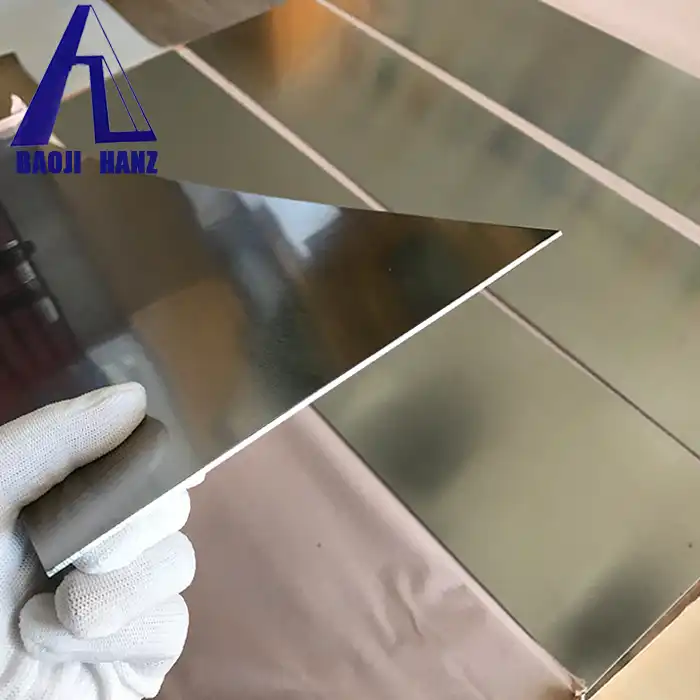
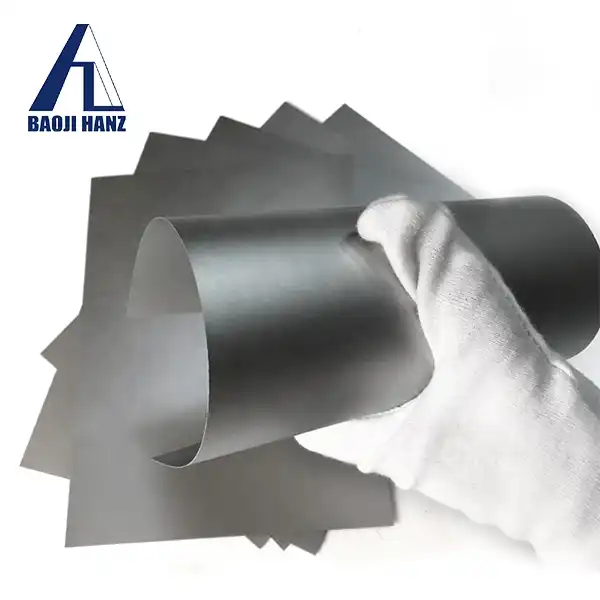
.webp)
.webp)
.webp)
